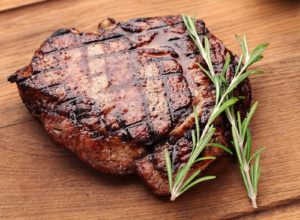Finally, a study that looked at both positives and negatives of video game playing. As with so many things in life, the key seems to be indulge "in moderation". From Science Daily:
Video-game playing for less than an hour a day is linked with better-adjusted children, study finds
A new study suggests video game-playing for less than an hour a day is linked with better-adjusted children and teenagers. The research found that young people who indulged in a little video game-playing were associated with being better adjusted than those who had never played or those who were on video games for three hours or more. The study finds no positive or negative effects for young people who played 'moderately' between one to three hours a day.
However, the study, published in the journal Pediatrics, suggests that the influence of video games on children, for good or for ill, is very small when compared with more 'enduring' factors, such as whether the child is from a functioning family, their school relationships, and whether they are materially deprived.
This is thought to be the first study to examine both the positive and negative effects of gaming using a representative sample of children and adolescents. It involved nearly 5,000 young people, half male and half female, drawn from a nationally representative study of UK households. Participants, between 10 and 15 years old, ...
The results suggest that three in four British children and teenagers play video games on a daily basis, and that those who spent more than half their daily free time playing electronic games were not as well adjusted. It speculates that this could be because they miss out on other enriching activities and possibly expose themselves to inappropriate content designed for adults. Meanwhile, when compared to non-players and those who played very frequently, those who played video games for less than an hour (estimated to be less than one-third of their daily free time), were associated with the highest levels of sociability and were most likely to say they were satisfied with their lives. They also appeared to have fewer friendship and emotional problems, and reported less hyperactivity than the other groups.
Past research on non-interactive forms of entertainment have led to recommended time limits for how long children play video games, yet the study argues that such guidelines have little scientific basis. It suggests the relative benefits or risks of games vary widely in how they are structured and in the incentives they offer players.

 Very interesting. Gives people a way to eat red meat, but not increase their colorectal cancer risk (by also eating resistant starch, e.g., potato salad or beans). From Science Daily:
Very interesting. Gives people a way to eat red meat, but not increase their colorectal cancer risk (by also eating resistant starch, e.g., potato salad or beans). From Science Daily: